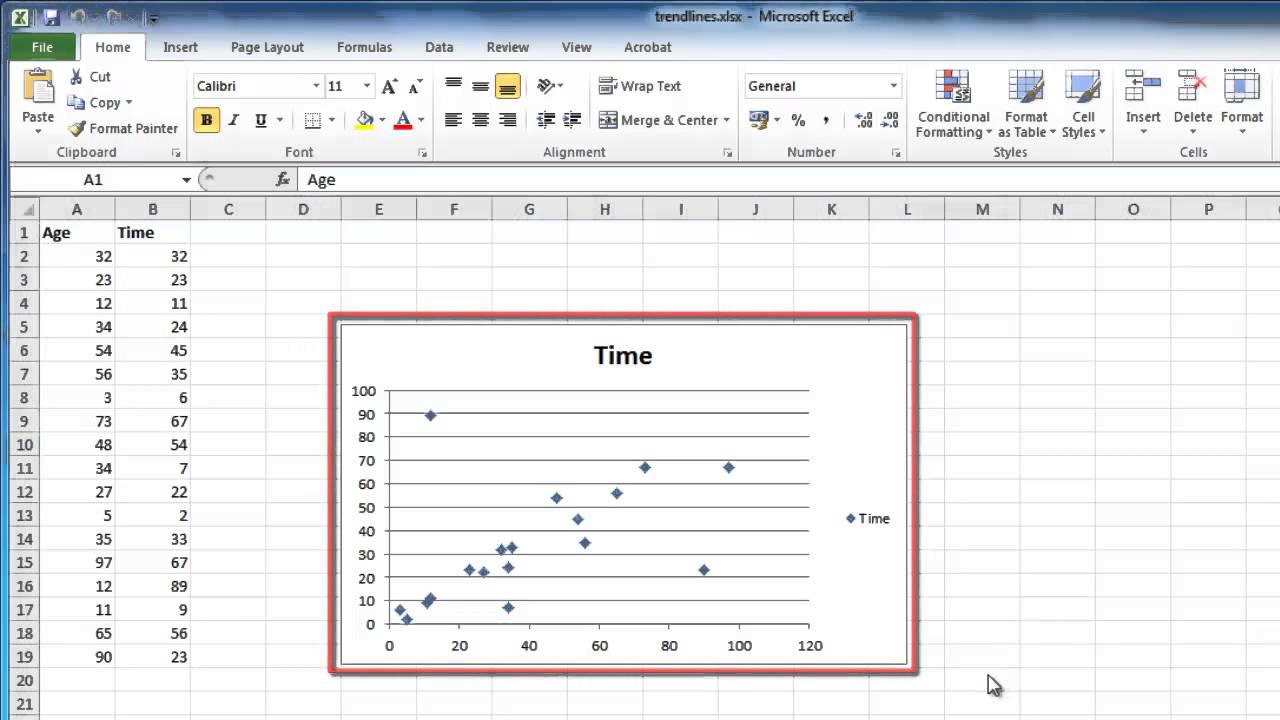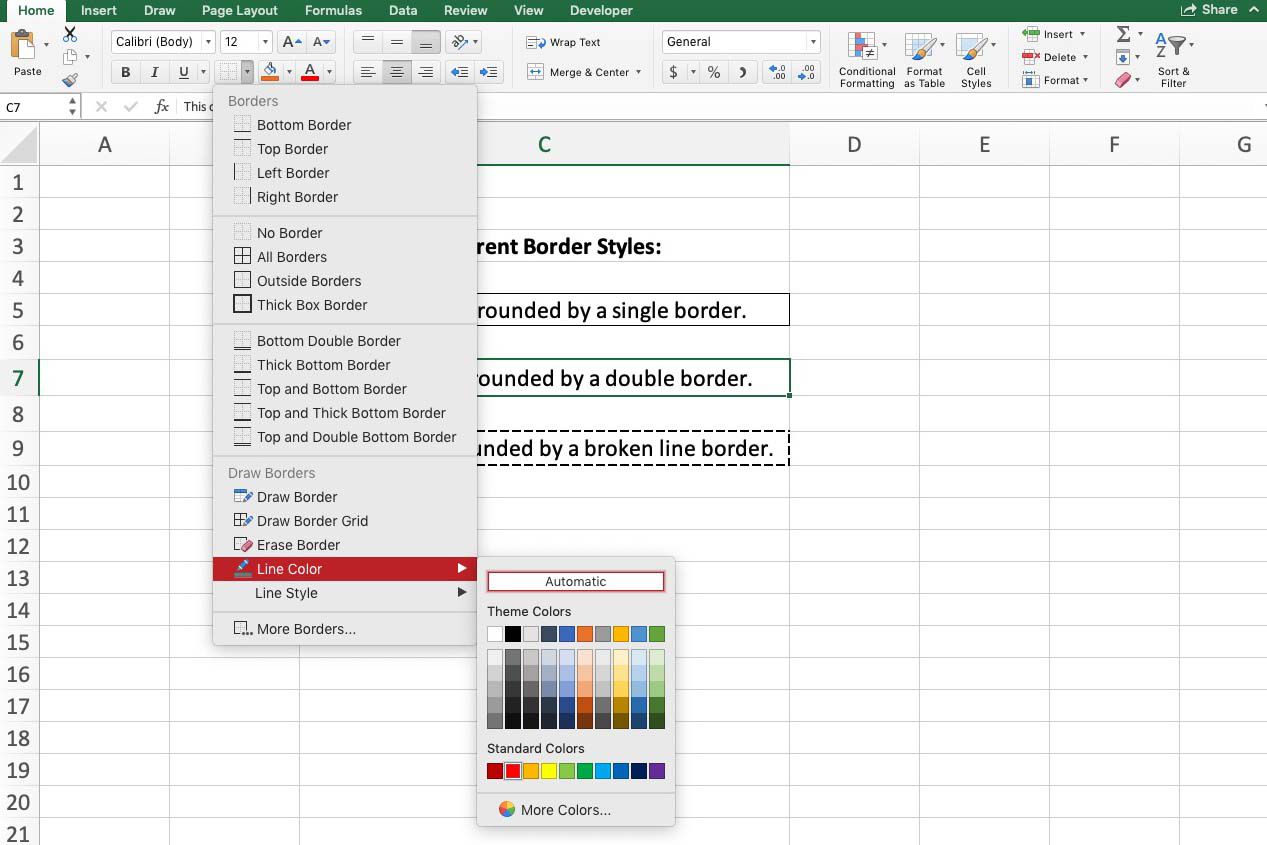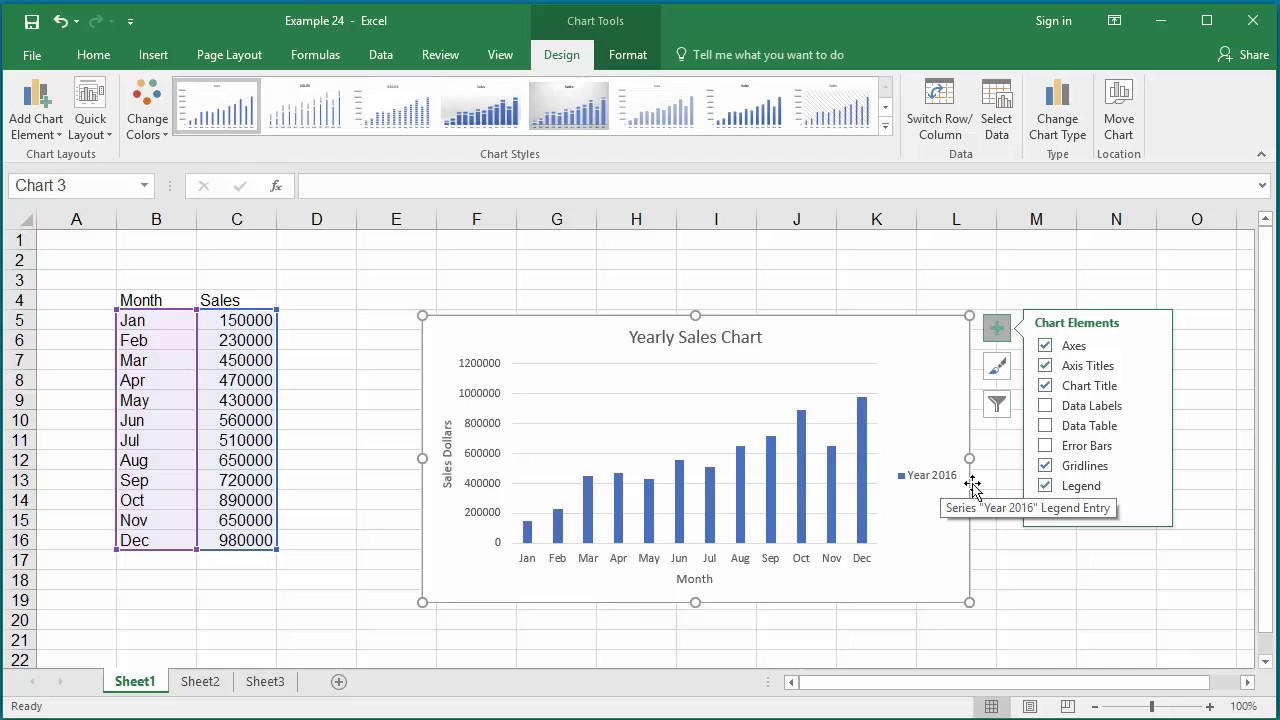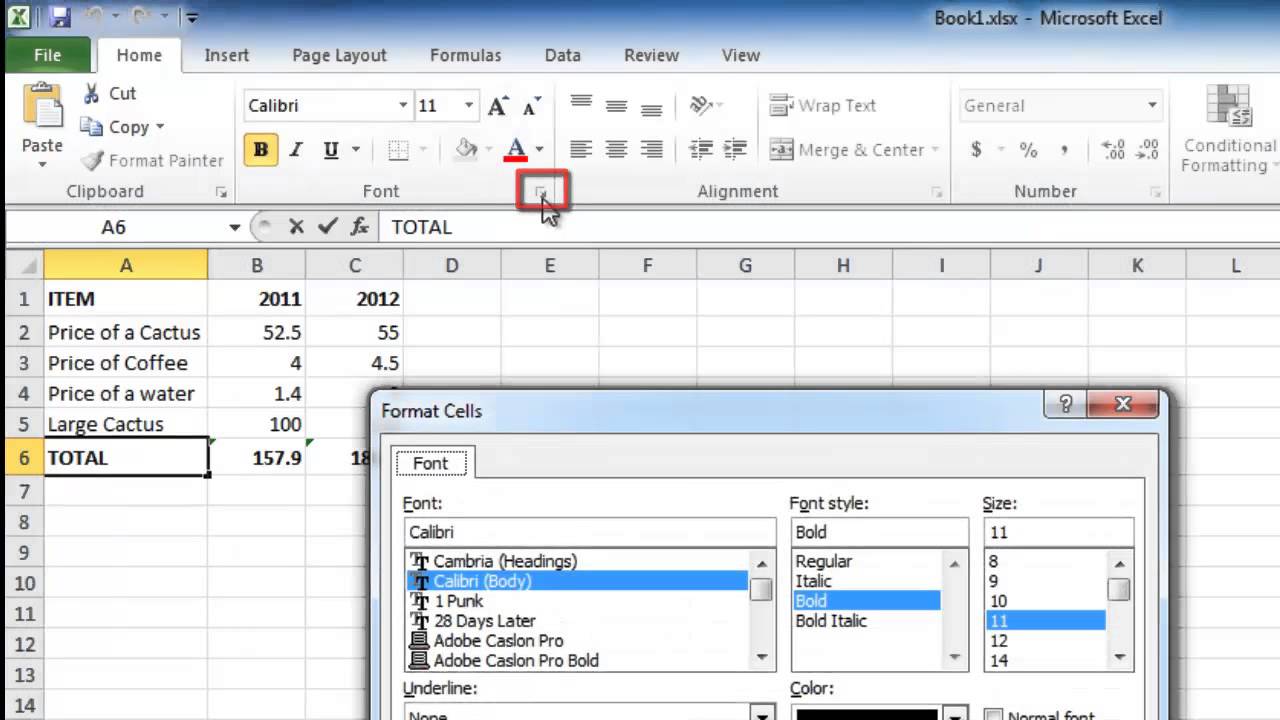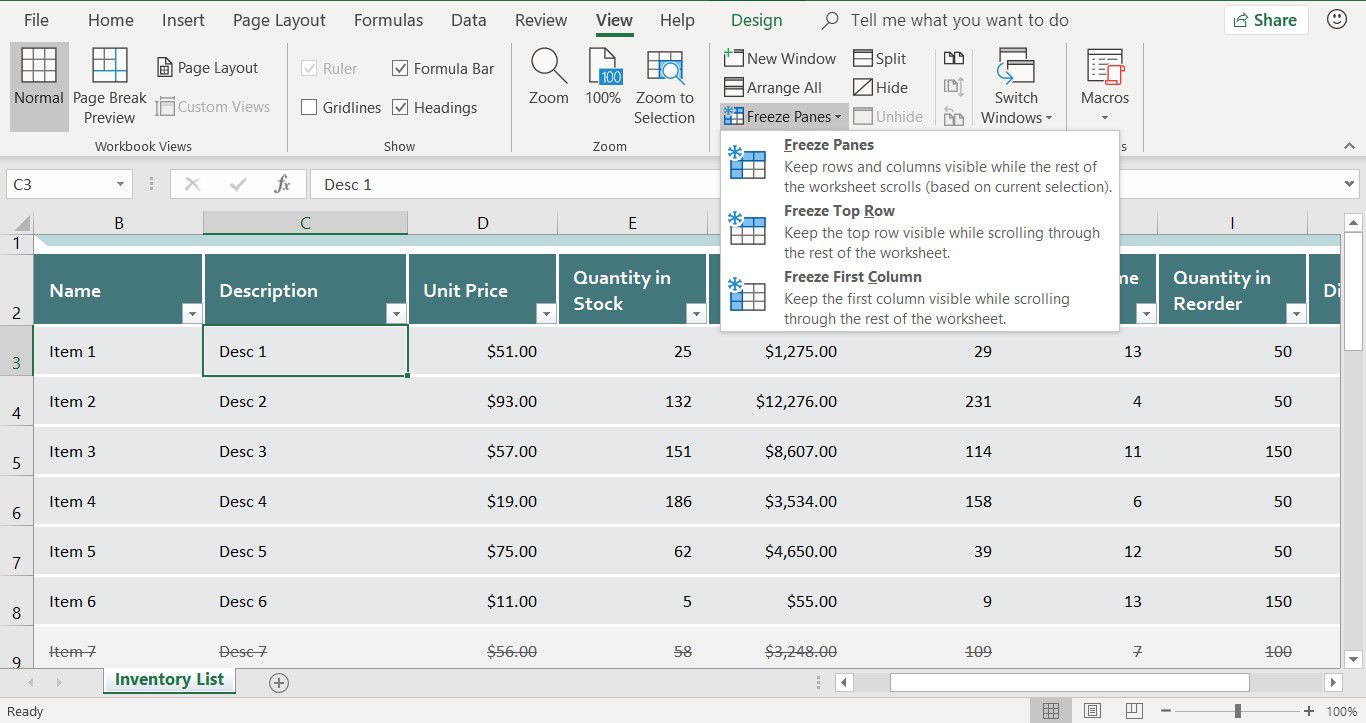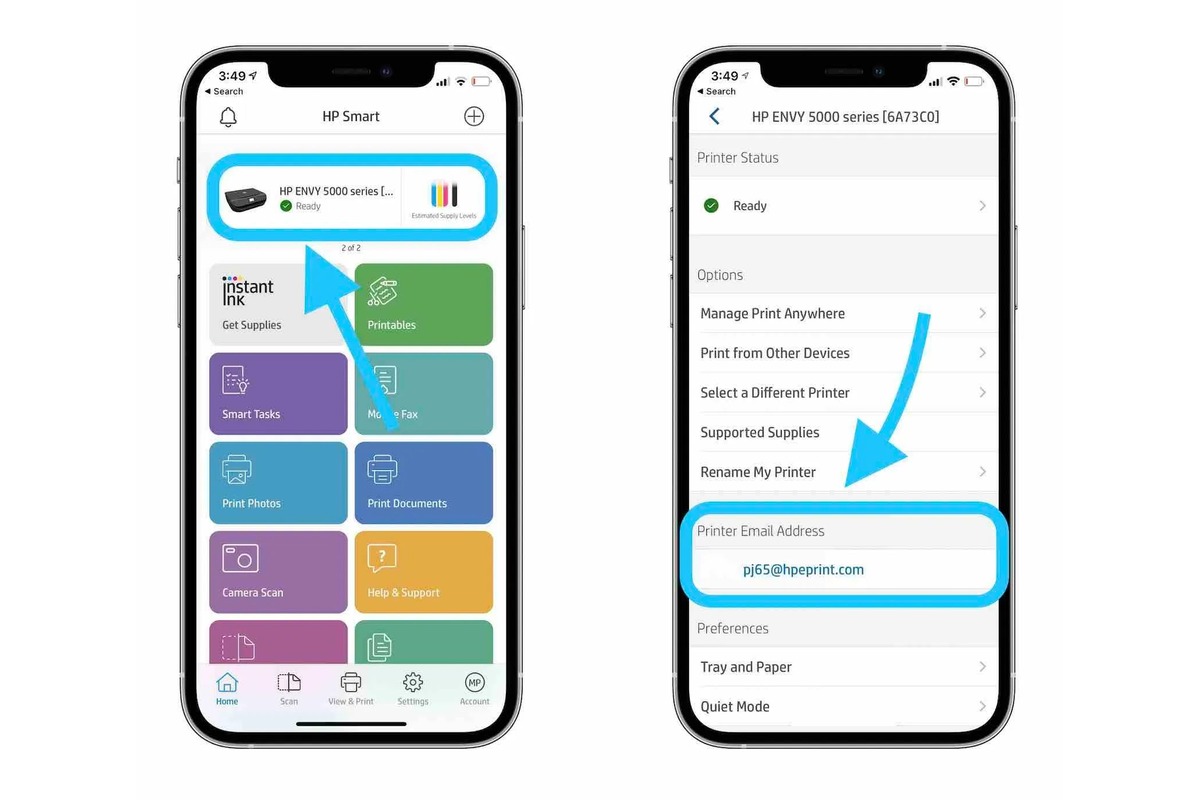Home>Technology and Computers>How To Add Columns In Excel
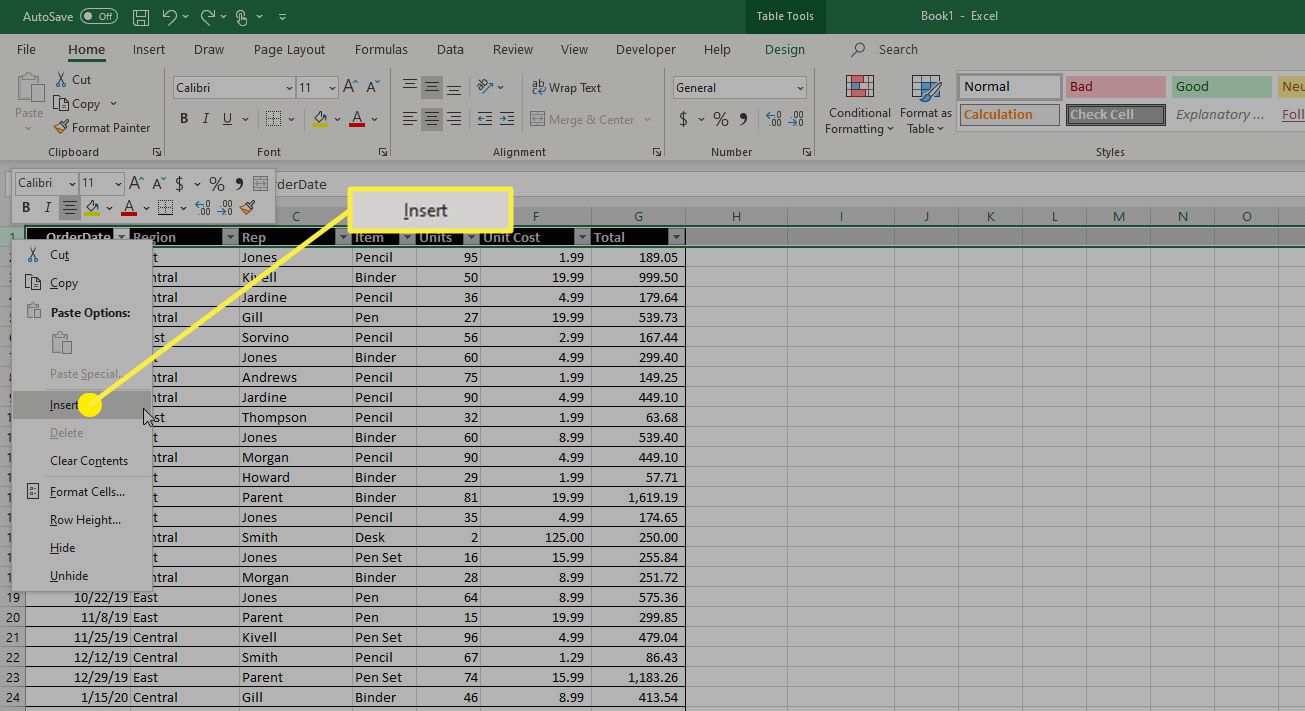

Technology and Computers
How To Add Columns In Excel
Published: February 29, 2024
Learn how to add columns in Excel with our easy-to-follow guide. Master the technology and computers skills you need to excel in your work.
(Many of the links in this article redirect to a specific reviewed product. Your purchase of these products through affiliate links helps to generate commission for Noodls.com, at no extra cost. Learn more)
Table of Contents
Introduction
Excel, the ubiquitous spreadsheet software, is a powerful tool for organizing, analyzing, and presenting data. Whether you're a seasoned professional or a novice user, understanding how to manipulate data within Excel is essential for maximizing its potential. One fundamental aspect of working with data in Excel is the ability to add and manage columns effectively. This article will guide you through the process of adding columns in Excel, providing you with various methods to accomplish this task efficiently.
Excel's versatility extends beyond simple data entry and calculation. It allows users to customize their spreadsheets to suit their specific needs, and adding columns is a fundamental part of this customization process. By mastering the techniques for adding columns in Excel, you can streamline your data management tasks and enhance the overall functionality of your spreadsheets.
In the following sections, we will delve into the intricacies of Excel columns, exploring the different methods for adding them to your worksheets. Whether you're looking to insert a single column or add multiple columns at once, this article will equip you with the knowledge and skills to do so with ease. From utilizing the Insert function to leveraging the Copy and Paste function, you'll discover a range of techniques that cater to various scenarios.
By the end of this article, you will have a comprehensive understanding of how to add columns in Excel, empowering you to manipulate your data efficiently and customize your spreadsheets to meet your specific requirements. So, let's embark on this journey to unravel the secrets of Excel column management and enhance your proficiency in working with this indispensable software.
Read more: How To Move A Column In Excel
Understanding Excel Columns
In Excel, columns are an essential component of the spreadsheet layout, providing a structured framework for organizing and analyzing data. Each column is identified by a letter at the top of the worksheet, starting with the letter "A" and extending to the right. These letters serve as column headers, facilitating easy navigation and reference within the spreadsheet.
Excel columns play a pivotal role in data organization, allowing users to categorize and arrange information in a logical manner. Whether you're managing financial data, creating inventory lists, or compiling project timelines, columns provide a systematic way to segment and display data within the spreadsheet.
One of the defining characteristics of Excel columns is their flexibility. Users can easily adjust the width of columns to accommodate varying content lengths, ensuring that data is presented in a clear and readable format. This adaptability is particularly valuable when working with diverse types of data, as it allows for seamless customization of the spreadsheet layout to suit specific requirements.
Furthermore, Excel columns are integral to the application of formulas and functions. By referencing specific columns in formulas, users can perform calculations, comparisons, and data manipulations with precision and efficiency. This capability empowers users to derive meaningful insights from their data, driving informed decision-making and analysis.
Understanding the role of Excel columns also involves recognizing their interconnectedness with rows. Columns and rows intersect to form cells, the fundamental units of data within the spreadsheet. This grid-like structure, defined by the intersection of columns and rows, enables users to input, manipulate, and visualize data with remarkable versatility.
In essence, Excel columns serve as the building blocks of data organization and analysis, offering a dynamic framework for managing information effectively. By comprehending the significance of columns within the broader context of Excel's functionality, users can harness the full potential of this powerful software to accomplish diverse tasks and achieve their data management objectives.
Adding Columns in Excel
Adding columns in Excel is a fundamental aspect of customizing and organizing your spreadsheet to suit your specific data management needs. Whether you need to insert a single column or multiple columns at once, Excel provides several efficient methods to accomplish this task.
Using the Insert Function
The Insert function in Excel offers a straightforward way to add a new column within your worksheet. To utilize this method, simply select the column to the right of where you want the new column to appear. Next, navigate to the "Home" tab on the Excel ribbon and locate the "Cells" group. Click on the "Insert" dropdown menu and choose "Insert Sheet Columns." This action will seamlessly insert a new column, shifting the existing columns to the right to accommodate the addition.
Using the Copy and Paste Function
Another method for adding columns in Excel involves using the copy and paste function. Begin by selecting the entire column that you want to duplicate. Next, right-click on the selected column and choose the "Copy" option from the context menu. Then, right-click on the column to the right of where you want to add the new column and select the "Insert Copied Cells" option. This action will effectively duplicate the selected column and insert it as a new column in the desired location.
Read more: How To Add A Line In Excel
Using the Fill Function
Excel's Fill function can also be leveraged to add columns efficiently. To utilize this method, enter the data or formula in the first cell of the new column. Then, position the cursor over the bottom-right corner of the cell until it transforms into a small square. Click and drag the cursor to the right to fill the adjacent cells with the same content, effectively adding a new column with the desired data or formula.
By mastering these methods for adding columns in Excel, you can enhance your proficiency in customizing and managing your spreadsheets. Whether you're working with financial data, project timelines, or any other type of information, the ability to add and manipulate columns with ease is a valuable skill that empowers you to optimize your data management processes within Excel.
Using the Insert Function
The Insert function in Excel provides a convenient and efficient method for adding a new column within your worksheet. This feature is particularly valuable when you need to insert a column without disrupting the existing layout of your spreadsheet. By leveraging the Insert function, you can seamlessly integrate a new column into your data structure, ensuring a smooth and organized workflow.
To utilize the Insert function, begin by selecting the column to the right of where you want the new column to appear. This step is crucial, as it determines the precise location for the insertion of the new column. Once the target column is selected, navigate to the "Home" tab on the Excel ribbon, where you will find a range of essential tools for spreadsheet management.
Within the "Home" tab, locate the "Cells" group, which houses various functions for manipulating cell and column structures. Here, you will find the "Insert" dropdown menu, which contains options for inserting rows, columns, or cells within your worksheet. Click on the "Insert" dropdown menu, and select "Insert Sheet Columns" from the available options.
Upon selecting "Insert Sheet Columns," Excel will seamlessly integrate a new column into the spreadsheet, shifting the existing columns to the right to accommodate the addition. This process ensures that the integrity of your data is maintained, as the insertion of the new column does not overwrite or displace any existing information within the worksheet.
The Insert function's ability to preserve the structure and content of your spreadsheet makes it an invaluable tool for customizing and organizing your data. Whether you're managing financial records, creating project schedules, or compiling inventory lists, the Insert function empowers you to tailor your spreadsheet layout to suit your specific requirements without compromising data integrity.
By mastering the Insert function in Excel, you can enhance your proficiency in managing and customizing your spreadsheets, ultimately optimizing your data management processes. This method provides a seamless and intuitive approach to adding columns, enabling you to maintain a well-structured and organized data environment within Excel.
Using the Copy and Paste Function
The Copy and Paste function in Excel offers a versatile method for adding columns to your spreadsheet, providing a convenient way to duplicate existing data and insert it into a new location. This approach is particularly useful when you need to replicate the content of a specific column and seamlessly integrate it as a new column within your worksheet.
To initiate the process, begin by selecting the entire column that you want to duplicate. This can be achieved by clicking on the column header, which highlights the entire column, indicating that it has been selected. Once the target column is selected, right-click on the highlighted area to reveal a context menu containing a range of options for manipulating the selected content.
From the context menu, choose the "Copy" option, which effectively duplicates the selected column and places it in the clipboard, ready for pasting. With the column content copied, you can proceed to insert it into the desired location within the spreadsheet.
Navigate to the column to the right of where you want to add the new column, ensuring that the insertion point is accurately positioned. Right-click on the selected column header to reveal the context menu once again. From the context menu, select the "Insert Copied Cells" option, which triggers the insertion of the copied column into the designated location.
Upon selecting "Insert Copied Cells," Excel seamlessly integrates the duplicated column as a new column within the worksheet, preserving the content and formatting of the original data. This method ensures that the integrity of the duplicated content is maintained, allowing for a seamless transition of the data into its new location.
The Copy and Paste function's ability to duplicate and insert columns provides a flexible approach to customizing and organizing your spreadsheet. Whether you're replicating financial data, duplicating project timelines, or copying any other type of information, this method empowers you to efficiently add and manage columns within Excel.
By mastering the Copy and Paste function in Excel, you can enhance your proficiency in manipulating and customizing your spreadsheets, ultimately optimizing your data management processes. This method offers a practical and intuitive way to add columns, enabling you to maintain a well-structured and organized data environment within Excel.
Using the Fill Function
The Fill function in Excel is a versatile tool that offers a convenient method for adding columns to your spreadsheet by efficiently populating cells with desired data or formulas. This feature is particularly valuable when you need to extend a series or pattern across multiple cells, effectively creating a new column with consistent content.
To utilize the Fill function for adding columns, begin by entering the data or formula in the first cell of the new column. This initial input serves as the basis for populating the subsequent cells within the column. Once the desired content is entered, position the cursor over the bottom-right corner of the cell. As you hover over this corner, the cursor will transform into a small square, indicating that you are in the correct position to initiate the Fill function.
With the cursor positioned over the bottom-right corner of the cell, click and drag it to the right to fill the adjacent cells with the same content. As you drag the cursor, Excel intelligently extends the series or pattern across the selected cells, effectively populating the entire column with the desired data or formula. This seamless process allows you to add a new column with consistent content, ensuring uniformity and accuracy throughout the populated cells.
The Fill function's ability to efficiently propagate data or formulas across a column streamlines the process of adding and customizing columns within your spreadsheet. Whether you're populating cells with sequential numbers, duplicating formulas, or extending a pattern across a series of cells, this method empowers you to create and manage columns with precision and efficiency.
By mastering the Fill function in Excel, you can enhance your proficiency in manipulating and customizing your spreadsheets, ultimately optimizing your data management processes. This method offers a practical and intuitive way to add columns, enabling you to maintain a well-structured and organized data environment within Excel.
Read more: How To Select Whole Column In Excel
Conclusion
In conclusion, mastering the art of adding columns in Excel is a valuable skill that empowers users to customize and organize their spreadsheets with precision and efficiency. By understanding the various methods for adding columns and leveraging the diverse functions within Excel, individuals can enhance their proficiency in data management and analysis.
The ability to add columns in Excel is not merely a technical task; it is a fundamental aspect of tailoring the spreadsheet to meet specific data organization needs. Whether it involves financial data, project timelines, inventory lists, or any other form of information, the seamless addition of columns contributes to a well-structured and visually appealing layout.
The Insert function in Excel provides a straightforward approach to adding columns, allowing users to integrate new data segments without disrupting the existing structure. This method ensures that the integrity of the spreadsheet is maintained, enabling a smooth and organized workflow.
Similarly, the Copy and Paste function offers versatility in duplicating and inserting columns, providing a convenient way to replicate existing data and seamlessly integrate it into new locations. This method streamlines the process of customizing and organizing the spreadsheet, allowing for efficient data management.
Furthermore, the Fill function serves as a dynamic tool for populating cells with consistent content, effectively creating new columns with precision and uniformity. By extending series or patterns across multiple cells, users can efficiently add and manage columns, ensuring accuracy and coherence in their data representation.
Ultimately, the proficiency in adding columns in Excel empowers users to optimize their data management processes, derive meaningful insights, and present information in a clear and structured manner. Whether it's for personal, academic, or professional purposes, the ability to manipulate and customize columns within Excel is a valuable asset that enhances productivity and facilitates informed decision-making.
In essence, the journey to unravel the secrets of Excel column management equips individuals with the knowledge and skills to navigate the complexities of data organization and analysis. By embracing the diverse methods for adding columns and harnessing the capabilities of Excel, users can elevate their proficiency in working with this indispensable software, unlocking new possibilities for efficient data management and presentation.
